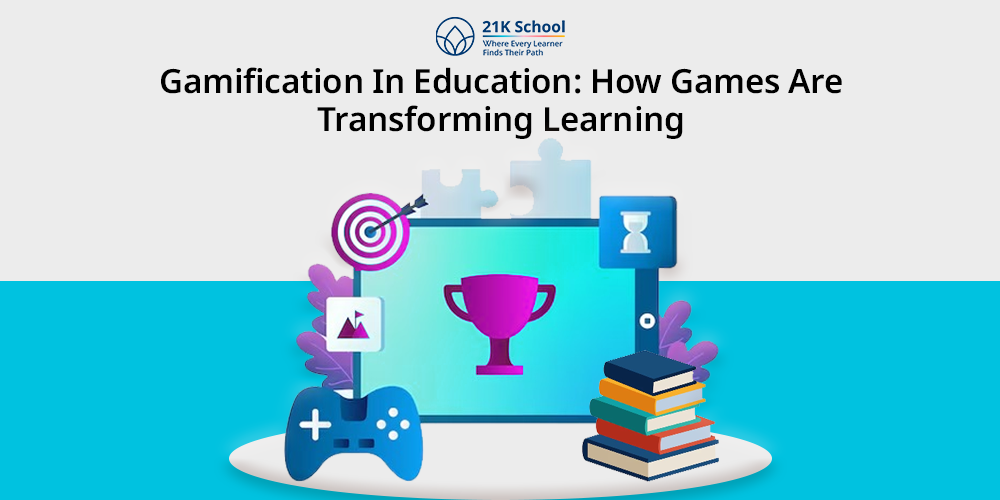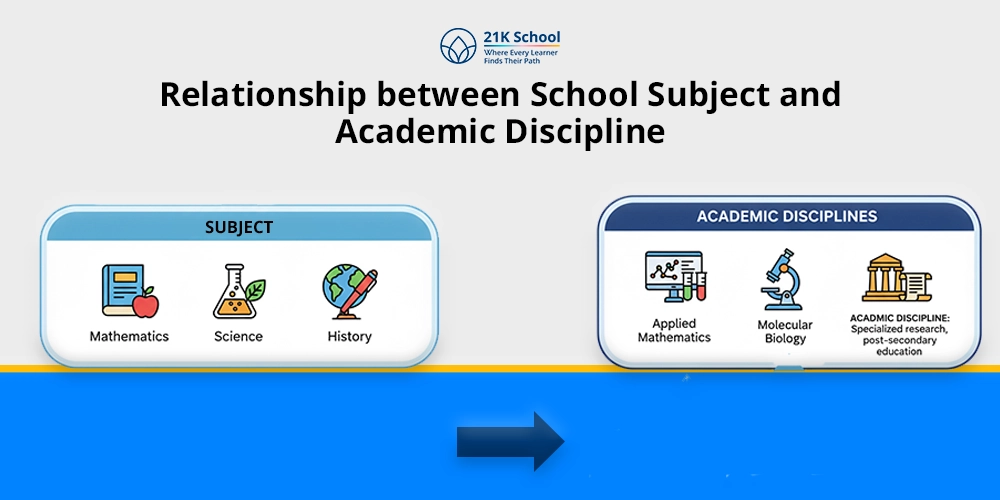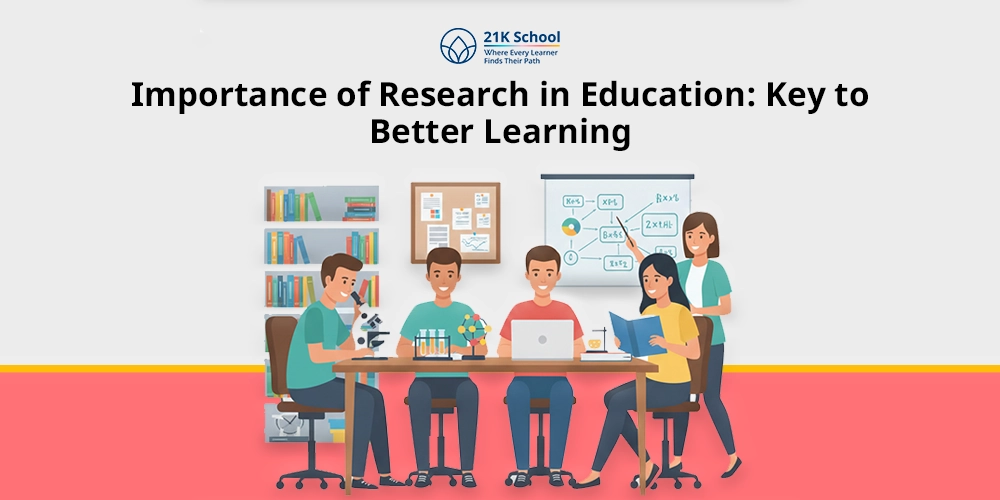
In today’s digital age, educators are constantly exploring innovative ways to keep students engaged and motivated. One of the most effective strategies gaining popularity is gamification in education.
By integrating game-like elements into the learning process, gamification turns routine lessons into exciting experiences.
From points and badges to leaderboards and quests, students are encouraged to participate actively, collaborate with peers, and push their boundaries, all while having fun.
Contents
- What Is Gamification in Education?
- Features of Gamification in Education
- Popular Gamification Techniques Used in Classrooms
- Gamification Tools, Apps and Platforms for Educators
- Benefits of Gamification in Education
- Challenges of Using Gamification in Education
- Gamification in Education: Statistics
- Gamification vs Game-Based Learning
- Final Thoughts
What Is Gamification in Education?
Gamification in education refers to the use of game design elements in non-game settings like classrooms to improve student engagement, motivation, and learning outcomes.
It doesn’t mean turning lessons into video games, but rather borrowing elements such as rewards, challenges, levels, and feedback loops to enhance learning.
This method builds on the idea that students are more likely to stay focused and retain knowledge when learning is interactive and rewarding.
Whether through a point-based system, a classroom leaderboard, or digital badges, gamification adds a sense of achievement and progression to the educational experience.
Features of Gamification in Education
The success of gamified learning lies in the careful design of its features. These elements are not just about adding fun; they’re meant to support how students learn and interact with content.
1. Clear Goals and Rules
Every gamified activity starts with a well-defined goal. Students know what they are working toward and how to achieve it. Rules set the structure, helping students focus and stay on track.
2. Progress Indicators
Progress is often shown through points, badges, or levels. These indicators give students a visual sense of advancement. They can see how far they’ve come, which encourages them to keep going.
3. Instant Feedback
One of the strongest features is immediate feedback. Whether it’s a correct answer, a nudge to try again, or a new level unlocked, students don’t have to wait for results. This real-time response helps them learn from mistakes and adjust quickly.
4. Levels and Challenges
Lessons are broken down into smaller, manageable stages, much like levels in a game. Completing one level gives access to the next, making learning feel like a journey. Challenges improve skills like problem-solving and critical thinking .
5. Rewards and Recognition
From digital stickers to class privileges, rewards recognise effort, not just achievement. This boosts student morale and encourages consistent participation.
6. Competition and Collaboration
Some systems include leaderboards to inspire friendly competition. Others have team-based goals to promote collaborative learning and peer support. The right balance creates a positive learning environment .
7. Personalisation and Choice
Gamified systems often allow students to choose avatars, paths, or learning missions. This adds a layer of ownership and personal connection to their educational journey.
Popular Gamification Techniques Used in Classrooms
Many teachers use simple yet powerful gamification techniques in education to engage learners. Here are a few widely adopted strategies:
- Point Systems: Students earn points for completing tasks, showing improvement, or participating.
- Leaderboards: Ranking systems that show student progress and foster healthy competition.
- Badges and Rewards: Visual tokens of achievement that celebrate milestones.
- Quests and Challenges: Learning objectives are framed as missions or tasks to be completed.
- Levels or Stages: Progress is broken into phases, motivating students to “level up.”
- Storytelling: Turning the curriculum into an ongoing story or adventure for greater immersion.
- Team-Based Activities: Group challenges promote collaboration and communication.
Gamification Tools, Apps and Platforms for Educators
Thanks to technology, educators now have access to various gamification tools and apps that make implementation easy and effective. Some of the most popular platforms include:
- Classcraft: Turns classroom behaviour and academics into an RPG-style adventure.
- Kahoot!: A quiz-based platform where students answer questions in real time.
- Wayground (formerly Quizizz): Allows teachers to create gamified quizzes with instant feedback.
- Duolingo: A language-learning app that uses points, streaks, and levels.
- Minecraft Education Edition: Promotes creativity and critical thinking through gameplay.
- Edmodo: Offers badges and gamified learning communities.
- Seesaw: Encourages student-driven digital portfolios with teacher-assigned tasks and progress tracking.
Benefits of Gamification in Education
Gamification in education does more than just entertain; it changes the way students interact with content, peers, and their learning processes. Here are some of its key advantages:
1. Boosts Student Engagement
Traditional schooling methods often fail to keep students interested. Gamification uses interactive tools, stories, and visuals that make learning more appealing. Students are naturally drawn to tasks that feel like games.
2. Motivates Participation
Rewards, achievements, and recognition act as strong motivators. Even reluctant learners often show increased involvement when learning is gamified.
3. Improves Retention and Recall
When students actively participate and receive instant feedback, they are more likely to remember what they’ve learned. The combination of repetition and reward strengthens memory retention.
Explore: Top 15 Memory Games For Kids .
4. Encourages Active Learning
Instead of being passive listeners, students become active problem-solvers. They make decisions, complete missions, and interact with the content regularly.
5. Supports Goal-Setting and Self-Monitoring
Gamified elements help students track their progress. This builds self-awareness and encourages them to set personal learning goals.
Discover 14 self-awareness activities for students .
6. Develops Critical Thinking
Many gamified tasks involve puzzles, missions, or scenarios that challenge students to think deeply and apply knowledge in creative ways.
7. Promotes Collaboration and Social Learning
Group games and team tasks enhance communication and teamwork, improving collaboration skills . Students learn to support one another and value peer contributions.
8. Builds Confidence and Resilience
Achieving goals, even small ones, gives students a sense of accomplishment. When they fail, the game-like setup encourages them to try again without fear of judgment.
Challenges of Using Gamification in Education
Despite its many strengths, implementing gamification isn’t always smooth. Educators must be mindful of the following challenges:
1. Time and Planning Requirements
Designing gamified lessons takes time. Teachers must plan the game elements, track progress, and ensure everything aligns with learning objectives.
2. Technology Access and Skills
Many gamified tools require digital devices and a stable internet connection. In low-resource settings, this can be a serious barrier. Additionally, not all teachers or students are tech-savvy.
3. Overemphasis on Rewards
While badges and points can motivate, they can also become distractions. Some students may focus more on collecting rewards than understanding the material.
4. Competitive Pressure
Leaderboards can help drive performance, but they can also hurt students who consistently rank lower. This might lead to frustration or reduced self-esteem.
5. Not Suitable for Every Student
Some learners prefer traditional methods and may feel uncomfortable with games or competition. Gamification should be flexible enough to include different learning preferences.
6. Maintenance and Tracking
Keeping up with scores, rewards, and levels can be time-consuming, especially in large classes. Without good tracking systems, the process can become chaotic.
7. Curriculum Fit
Not all subjects or topics easily adapt to gamification. Complex theories or abstract concepts may require traditional approaches.
Gamification in Education: Statistics
Studies and surveys reveal the growing impact of gamification in modern classrooms:
- A report by EdTech Digest found that 89% of educators saw an increase in student engagement when using gamified tools.
- According to eLearning Industry, students in gamified environments perform 14% better in skill-based assessments.
- A University of Colorado study showed that gamification can improve knowledge retention by up to 40%.
- Over 70% of students report feeling more motivated to learn through gamified activities.
Gamification vs Game-Based Learning
While often confused, gamification and game-based learning are distinct. Here’s how they compare:
| Aspect | Gamification in Education | Game-Based Learning |
| Definition | Adds game elements to non-game contexts | Uses actual games as part of the learning process |
| Purpose | To motivate and engage learners | To teach content through gameplay |
| Examples | Points, leaderboards, badges | Educational board games, simulations |
| Learning Focus | Rewards and progression | Problem-solving and content mastery |
| Flexibility | Easily added to any subject | May require specific tools or content |
| Common Tools | Kahoot!, ClassDojo, Quizizz | Minecraft, SimCityEDU, Duolingo |
Learn more about game-based learning .
Final Thoughts
Gamification in education is more than a trend; it’s a powerful teaching strategy that can spark excitement, drive motivation, and enhance learning.
When thoughtfully integrated into lesson plans, it turns passive learners into active participants.
However, like any method, it must be used with care, ensuring the focus remains on meaningful learning and not just earning points or prizes.
With the right balance, gamified education can open doors to a more engaging and rewarding classroom experience, one where learning feels like play, and every student is eager to level up.


